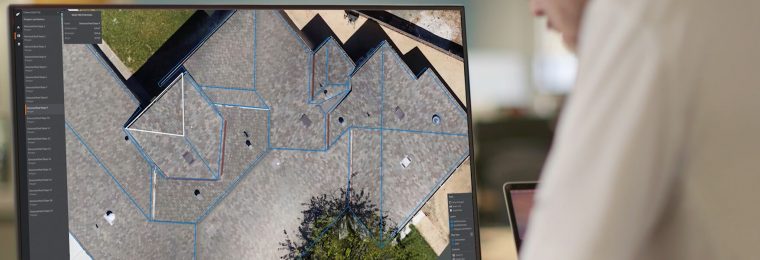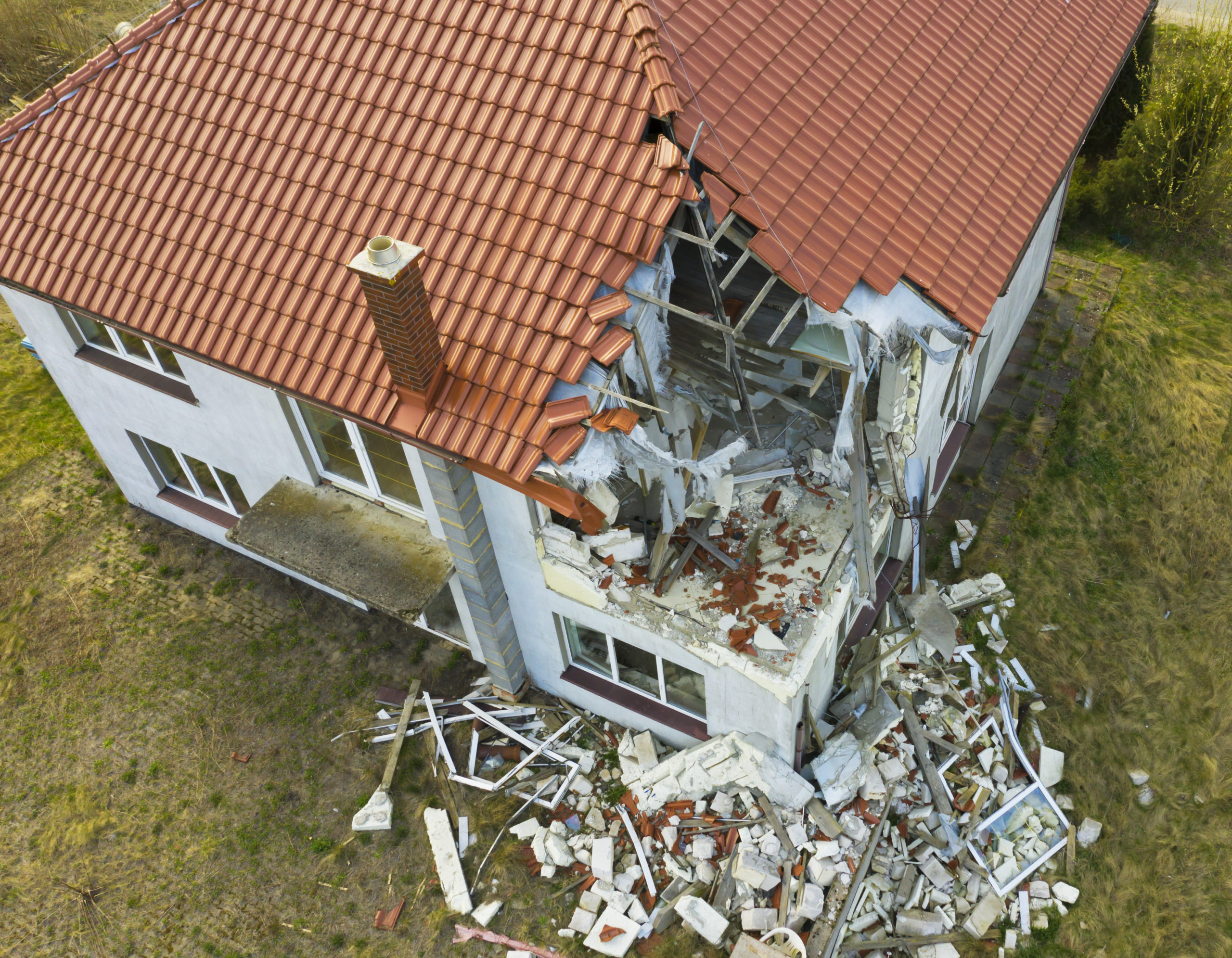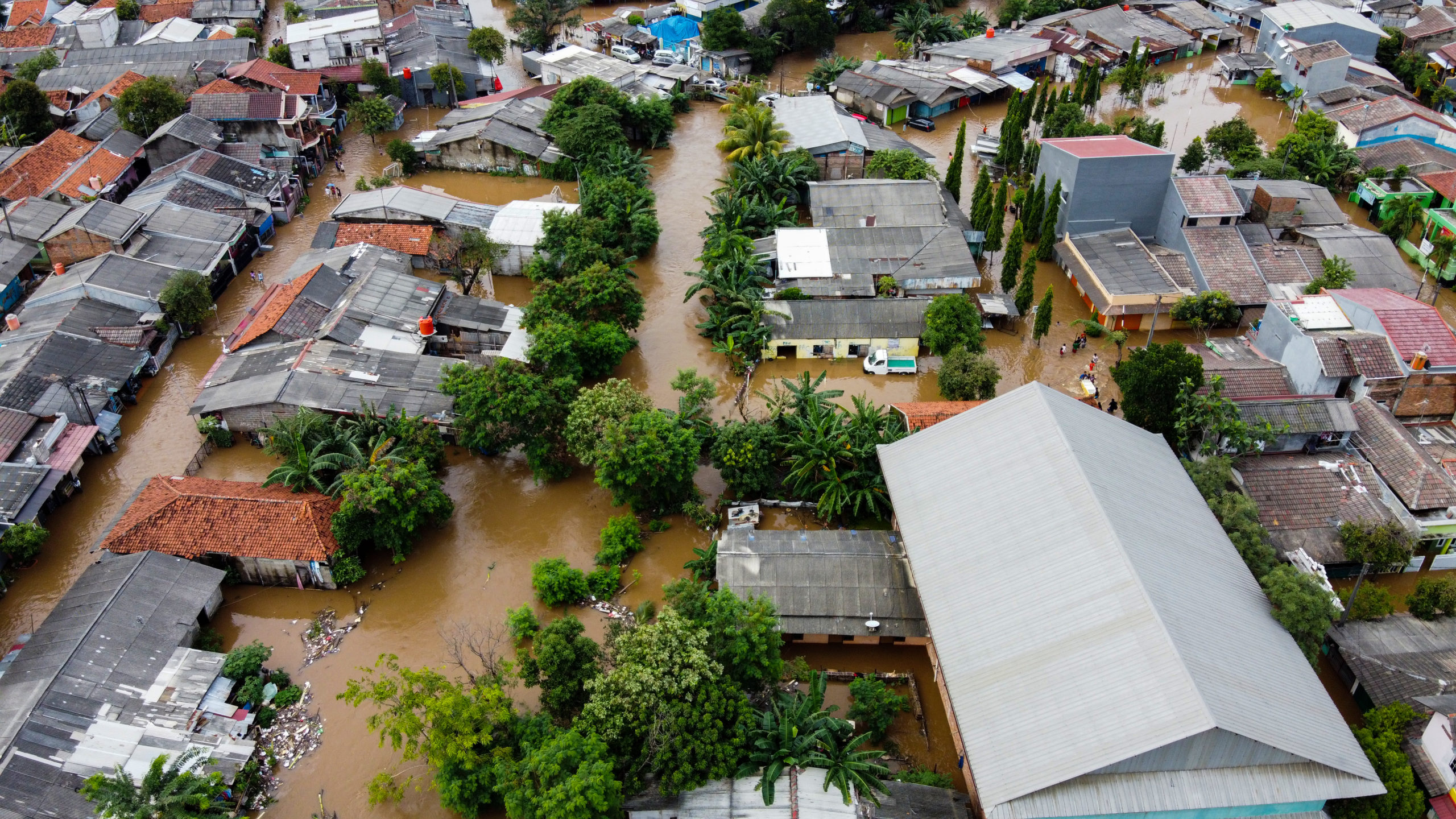Drone technology is only as good as the data and analytics power behind it. Are you settling for less?
For the insurance industry, the opportunity to harness big data has arrived. More carriers, particularly within the property and casualty space, are employing drone technology to empower claims adjudication. The benefits are clear: the ability to capture the full picture of a property has made claim resolution a faster, more accurate process.
Yet truly effective drone technology is much more than simply returning photos and/or video to adjusters. If designed properly, it can elevate your claims operations and redefine your underwriting capabilities. Fraud can be detected by machine learning on patterns of damage on a roof. Weather and drone data can be used in predictive modeling to understand losses across a geography with data from just a few homes. When evaluating a drone system, look for automation, 3D modeling, faster data processing times, and online browser-based access.
3D Modeling
Particularly with claims involving roofs, 3D modeling becomes a critical part of the claims picture. Your drone solution should have high-resolution imagery that is available instantly, and easily converted to both 2D and 3D models of the property. Drone roof inspections using the Kespry Cloud can quickly and automatically measure roof dimensions and produce industry standard reports with a high level of accuracy. Capturing millimeter resolution imagery to detect hail damage and automatically measuring roof dimensions allows your adjuster team to measure and fully assess damage without ever setting foot on a roof.
Faster Data Processing
Your drone solution provider should be able to deliver fast processing of data – cycle time has a dramatic impact on customer experience and the likelihood of churn. The right drone platform will speed up the report-generation process, reducing the return time from days to hours. That’s why Kespry built their drone technology to drastically reduce claim cycle times by up to 80% and accelerate the reporting process. Kespry aerial roof insurance inspections allow your team to save time and improve accuracy — no more dangerous and time-consuming visual roof inspections or subjective bias.
Online Access
All drone technology should include the ability to access data from anywhere. This gives both your field staff and your in-house teams the ability to view and manage the data and insights. Look for a provider that offers instant uploads to a secure cloud-based environment. The solution should enable users to access and use data instantly. Kespry’s automated drone technology and the Kespry Cloud are completely integrated and scalable. Whether a global company with hundreds of locations or a smaller operation, your team can access data from anywhere.
Capturing data is one thing – being able to harness the full capabilities of that data takes more than just drones returning images for inspection. Your insurance operations should demand more of your drone solution. By knowing what to look for, you can capitalize on all that drone technology has to offer.
Artificial Intelligence
The sophisticated algorithms built into the Kespry system automatically detect hail damage, instantly giving adjusters data on damage to the whole roof instead of just a square. The customized mapping feature shows the entirety of the damage.
Speed and Productivity
Effective drone technology should help your adjusting team improve accuracy and claims resolution. Such technology should be advanced, agile, and able to handle a wealth of data quickly and efficiently. By using the Kespry Aerial Intelligence Platform, your adjusters can get results faster, which means they’re able to triple the number of claims they resolve each week.
How does your organization capture and analyze claim data currently?
In what ways does your adjuster team share data now?
What types of functionality do you want to see in your drone technology?



